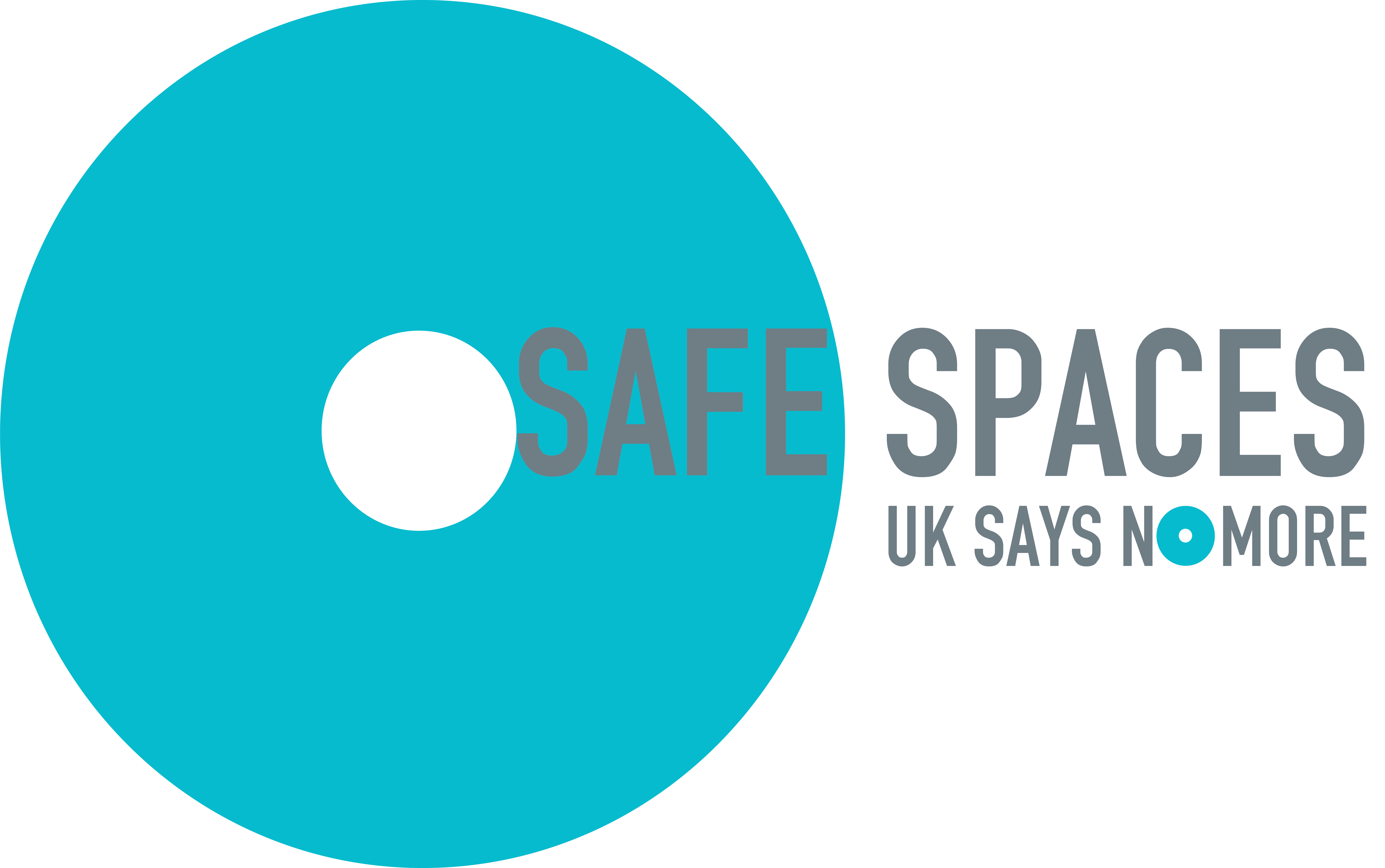Find Us
The Clear Company
The Base
20 Dallam Lane
Warrington
Cheshire
WA2 7NG


A Diversity, Equity and Inclusion (DEI) statement of intent is a key step in ensuring your DEI strategy is anchored within the overall business strategy. Organisations that have worked through the processes below are ready to write their DEI statement of intent.
The DEI strategy should now be shown as a summary written statement of intent.
Why is a DEI statement important?
It demonstrates your commitment to DEI and provides a consistent and clear message. It is a statement for your people, for your customers, for your local communities and for your suppliers, creating an attractive employer brand to attract, retain and grow amazing talent.
What is a DEI statement?
It’s your positive affirmation statement. The statement sets a positive intent for your efforts.
These are publicly available, creating that important first impression and building your employer brand, as well as holding your people accountable by a constant, publicly available reminder.
It’s a statement that can be used to guide your culture change communications, policy documents, include on your careers web site and in your adverts as positive affirmation of your commitment and intention at each stage of the employee life cycle.
How to write a DEI statement
Begin or progress your DEI journey in 2024, contact us to find out how our expert team can help you start or register for a free DEI strategy review.
About the Authors:
Georgios Vordos– Development Consultant
Georgios became passionate about diversity, equity and inclusion on the basis of his own lived experiences. Disability, LGBTQ issues and systemic inequality are his main topics of interest, which he was able to further explore in his Master’s in Gendering Practices at the University of Gothenburg. Having lived and worked in many different cultural environments further strengthened his conviction for the importance of an intersectional approach to his work. Believing that effective DEI work necessitates continuous upskilling, curiosity and research, he is currently working on his second Master’s in Human Resource Management

The Clear Company
The Base
20 Dallam Lane
Warrington
Cheshire
WA2 7NG
| Cookie | Duration | Description |
|---|---|---|
| cookielawinfo-checkbox-analytics | 11 months | This cookie is set by GDPR Cookie Consent plugin. The cookie is used to store the user consent for the cookies in the category "Analytics". |
| cookielawinfo-checkbox-functional | 11 months | The cookie is set by GDPR cookie consent to record the user consent for the cookies in the category "Functional". |
| cookielawinfo-checkbox-necessary | 11 months | This cookie is set by GDPR Cookie Consent plugin. The cookies is used to store the user consent for the cookies in the category "Necessary". |
| cookielawinfo-checkbox-others | 11 months | This cookie is set by GDPR Cookie Consent plugin. The cookie is used to store the user consent for the cookies in the category "Other. |
| cookielawinfo-checkbox-performance | 11 months | This cookie is set by GDPR Cookie Consent plugin. The cookie is used to store the user consent for the cookies in the category "Performance". |
| viewed_cookie_policy | 11 months | The cookie is set by the GDPR Cookie Consent plugin and is used to store whether or not user has consented to the use of cookies. It does not store any personal data. |

Dial ‘999’ for immediate assistance. If you are unable to speak or answer questions while on a 999 call, stay on the line, and when prompted, press 55 and your call will be transferred to the police. The local police number is 101 for non-emergencies.
*The ’55’ option will only work with 999.
Am I at Risk?
‘How do I know if I am suffering domestic abuse?’ This short survey will help you identify if the behaviours you are experiencing are domestic abuse.
If you are experiencing domestic abuse, you are not alone. Local support and help is easy to access through this search function. Click here
Local Support Services
If you are experiencing domestic abuse, you are not alone. Local support and help is easy to access through this search function. Click here
Contact National Helplines
National domestic abuse support services can offer you guidance here.
Useful Links
Access a range of other services that can support you. Click here